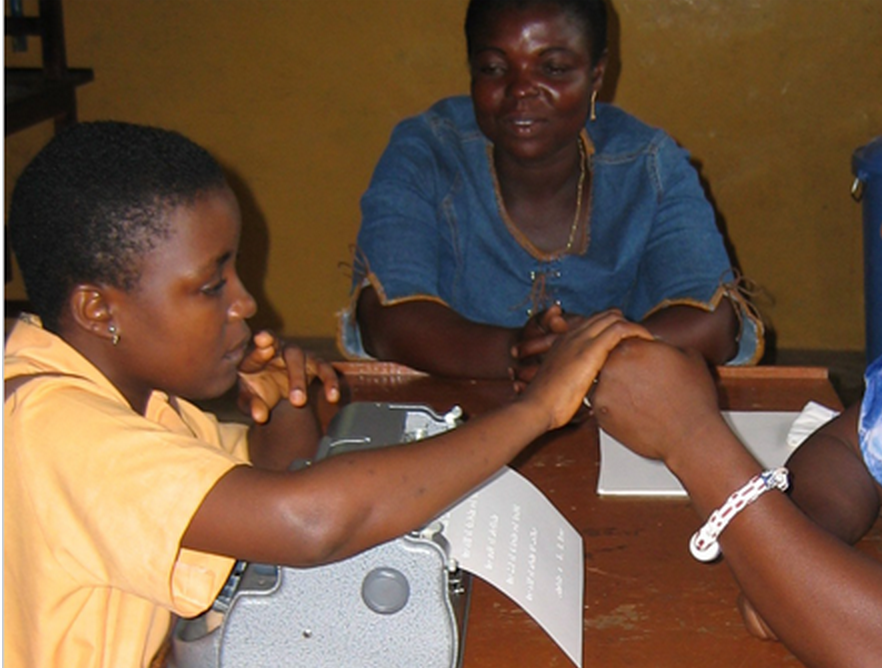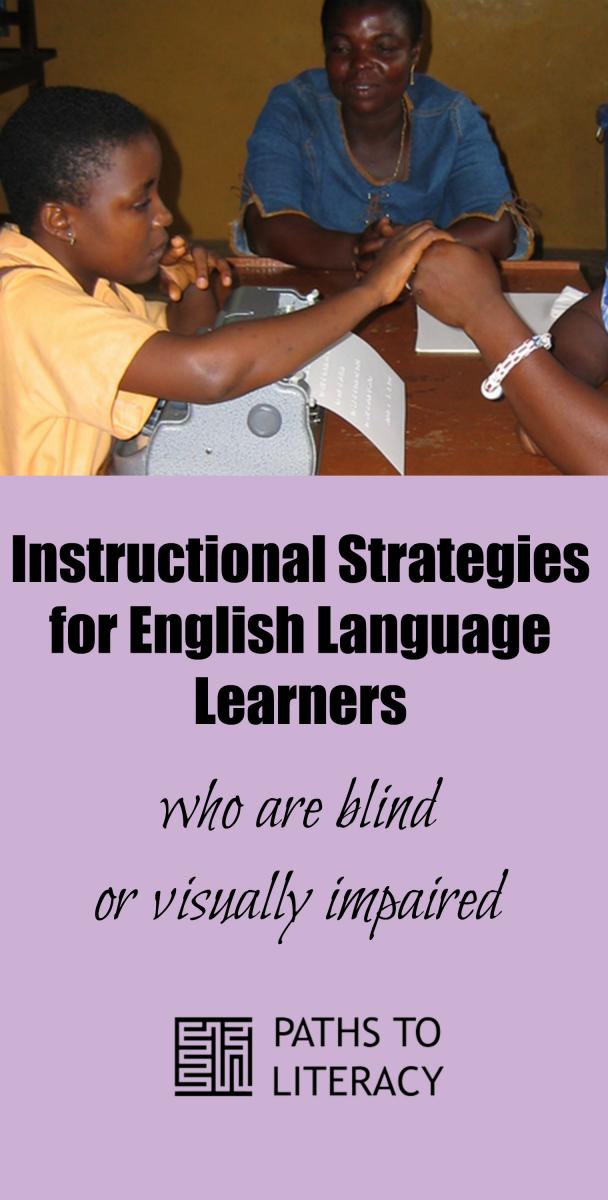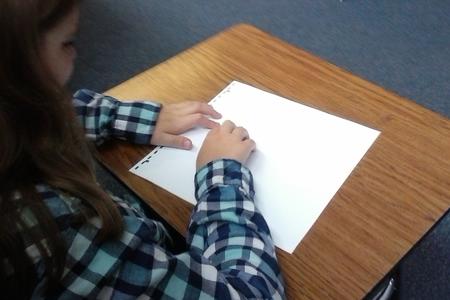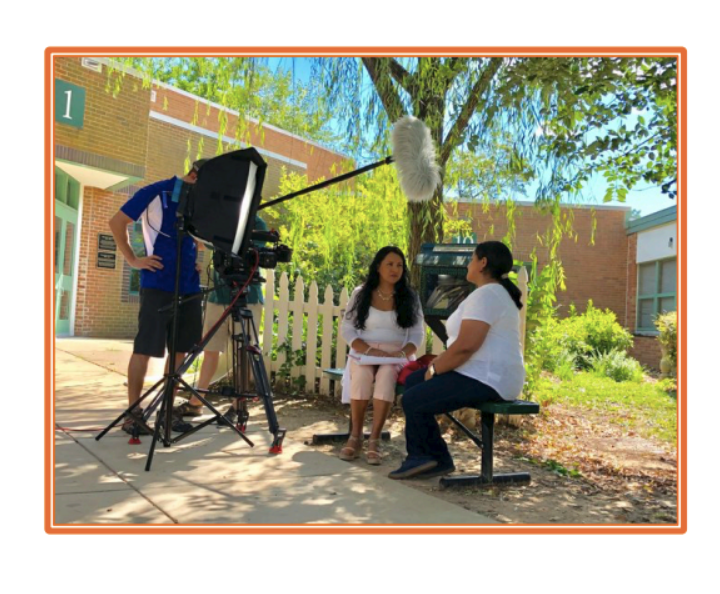 The most appropriate strategies for a particular student will depend upon his or her needs and abilities.The amount of exposure they have had to English, as well as their age and educational background, will be factors in determining the best educational program. The following general tips may help to provide a starting place.
The most appropriate strategies for a particular student will depend upon his or her needs and abilities.The amount of exposure they have had to English, as well as their age and educational background, will be factors in determining the best educational program. The following general tips may help to provide a starting place.
- Use a team approach, which includes the family in the planning process. Discussing goals and priorities, as well as developing strategies that can be applied in different settings will help the student to make the most progress.
- Provide hands-on experience with real objects and situations, which are essential to concept development and building meaningful vocabulary.
- Encourage repetition and practice in the natural context to help the student to master vocabulary. Provide opportunities for the student to use English in the daily routine and the real-life environment.
- Pre-teach new vocabulary and and concepts. Be sure that the student has been exposed to the vocabulary that he or she will encounter prior to a specific experience. For example, if the student is going to visit a restaurant, present vocabulary that he is likely to encounter, such as “menu”, “waitress”, “order”, “bill”. Role play placing an order with the waiter or waitress. Discuss what happens in restaurant and the likely sequence of events. Talk about what will be on the menu and, if possible, get a copy of the braille or large print menu prior to the visit. This preparation will make the visit more meaningful and will help to build the student’s skills and confidence.
- Write and talk about the experience afterwards. Have the student write or tell about what happened, using the vocabulary and new concepts learned during the lesson.
- Integrate reading and writing vocabulary throughout the lesson. Use daily journals, stories, letters, and email messages to practice and review words.
- Build on previous vocabulary in the next lesson and help the student to develop a word bank or personal dictionary in which she keeps word cards or a list of new words.
- Provide modeling of vocabulary and syntax in the natural context, as well as in role plays.
- Use a theme-based approach to give the student repeated opportunities to learn vocabulary and togeneralize concepts. For example, a unit on animals or transportation will give students a chance to use some of the same vocabulary in new contexts: habitat, diet, route, fuel, cost.
- Choose one or two things to focus on in a given year. For students who are just beginning to learn English, the number of things they need to learn may be overwhelming at first. Try to focus on one or two specific goals, such as vocabulary, past/present tense, grammar, idiomatic speech, to make the tasks a bit more manageable.
Additional Resources
Effective Literacy and English Language Instruction for English Learners in the Elementary Grades
See also Overview of English Language Learners.




